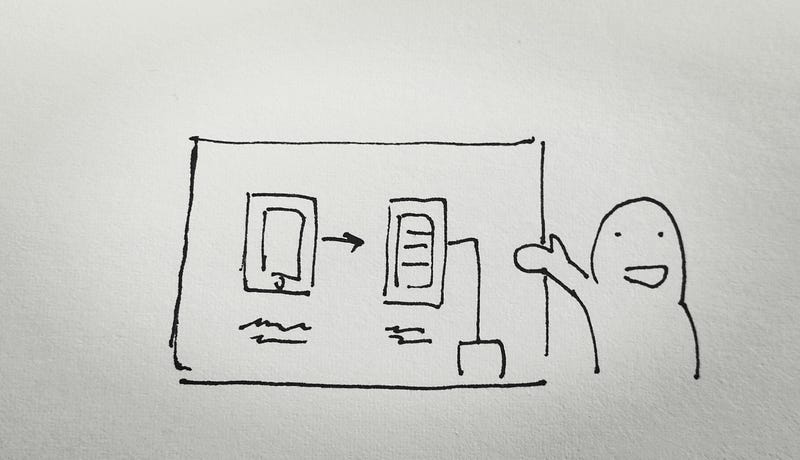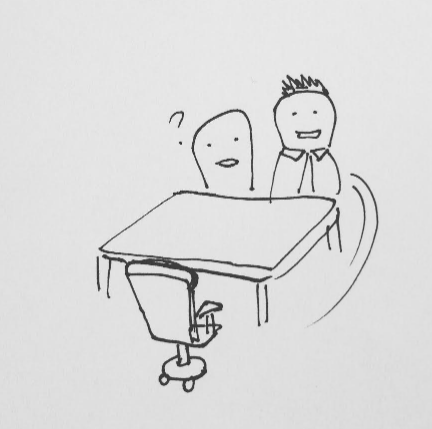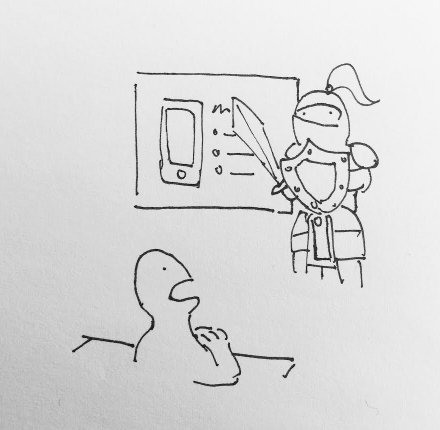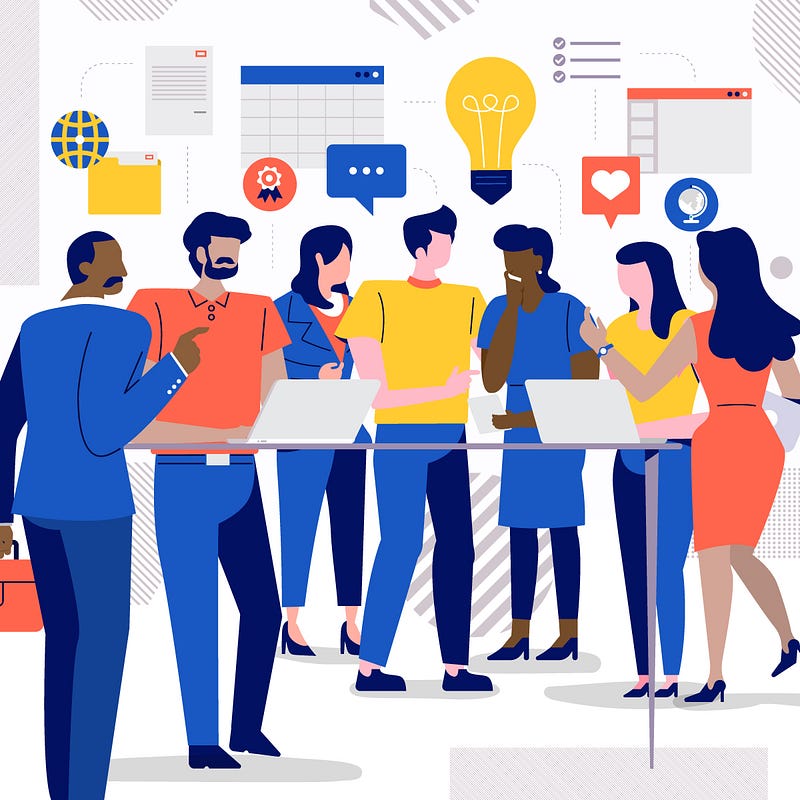
Picking an industry is hard when you first started out as a UX designer as you hardly know anything about them. It is even harder in Asia, as there weren’t many resources that is written around this region.
Having born and raised in Hong Kong, and have worked in Agency, Startup and Corporate, I want to share with you my personal experience and feeling on what it is like working in there, such that you have more idea to help you make a decision. Remember to not just take my word for it as every company is different.
Agency
Pros
Exposure to clients — The advantage of being an outside firm is that you can navigate around the client’s corporate structure and have chances to meet and present your design to C-level stakeholders directly. This forces you to become good at public speaking and if you can impress clients, you will be on a smooth path to promotion.
Experience the whole UX design process — You will have the opportunity to run user interviews, do prototyping, run usability tests… all the standard UX process. The reason you get to do all that is because nowadays firms charge clients for all these activities, so it is good for you that you can put all these UX artifacts into your portfolio.
Huge earning potential — The salary is competitive, and there is also opportunities to earn more. When you become a manager, your job became a sales person with design background, and you will have to fulfill a quota and bring in clients. You get commissions a for the clients you bring in and if you are good, the earning potential is much greater than working in-house.
Perks — To retain people, the company is willing to spend money on events such as boat trips, Hackathons, game nights…etc. There are also a lot of learning resources that you can tap into, if you have the time to read it.
Exposure to different projects — You don’t have to worry about getting bored or feeling stuck working on the same project for too long because there is always variations on the type of clients that comes from different industries.
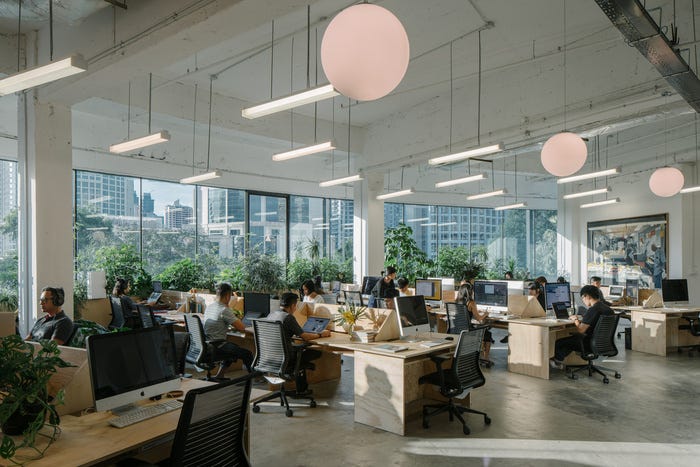
Cons
Stressful— Agencies in Hong Kong can be very stressful. Leaving work at 10 p.m. and working on holidays/weekends is not uncommon. I have had the unfortunate experience to witness someone worked 30 hours straight and another person worked until 4 am to prepare for a client presentation.
Workaholic culture — People in agencies are willing to give up their personal time to get things done. They would take weekends into account as workdays, and I have also seen people asking for manager’s permission to leave work “early” at 7 p.m.
Poor project management —For an agency, taking in all the clients they can when the market is good is all that matters. Higher up decides the deliverable date with clients and designers where not part of the project planning meeting. This leads to the firm taking in more then they can digest, and as a result the downstream suffers from impossible timeline.
Improper UX deliverable — On the surface, UX designer gets to do standard UX process such as user research. However, these activities are often not completed in a professional manner due to the lack of formal training on UX methodologies and lack of time to properly digest and analyse research findings. In the end, it just became a checkbox item in the deliverable that says “we done it”.
Lack of knowledge sharing — Due to the stressful environment, turn-over rate is really high. The consequences of this is that knowledge is not well documented and passed on. People are forced to keep reinventing the wheel on occurring problems such as “Techniques on handling clients” or “How to run workshop” since they don’t know what is the best way to do things.
Unclear project goals—People that pitches the deal to the client, the designers that do the work, and the people that represent the client are all different group of people. Hence, communication problem occurs as designers has no idea what the sales people sold to the clients. What is the project goal? What is the customer’s pain-point? The answer usually exist in vague form such as “The goal is to rebuild the client’s website and the pain-point is the website is really outdated”. In this kind of environment, designers is nothing more than glorified pixel monkey.
Startup
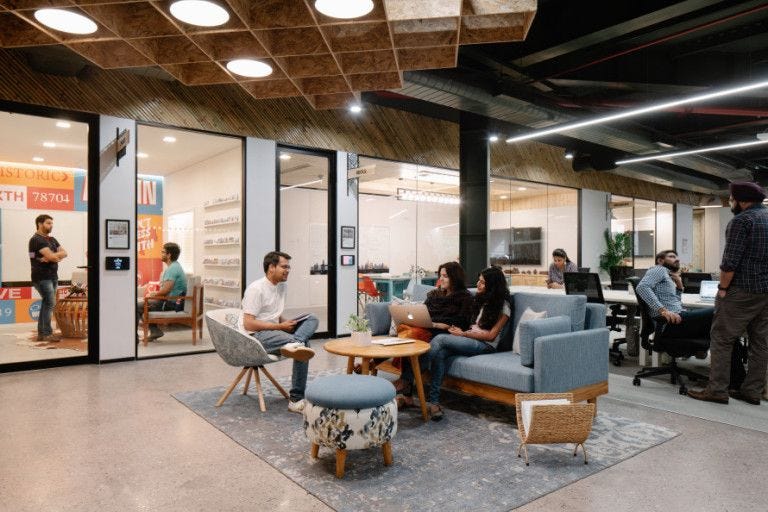
Pros
Get to wear many hats — In a startup, there isn’t a lot of people around, so you get to do a lot of things. Apart from design, you might have to work on the project plan, write copies and even do a little bit of QA. It gives you the learning opportunity to understand the different kind of jobs that contributes to make a software company work.
Flat culture —There very few layers in the chain of command, this means quick decision making process and often times this is what a UX designer need because this gives them the freedom to try new things, fail, and iterate their design.
Rapid promotions — It is much easier to get a promotion because there are not many people around, and startups is often more generous to offer promotion as a way to retain their employees, as an alternative to huge salary raise and as an incentive to make employee stay longer.
Encourage innovation — For startups, they are still figuring out what is the direction for the company, so the culture encourages innovation and coming up with new ideas. It is much easier to get management approval on trying out new technology or new frameworks.
Flexible working hours —Most startups don’t need your physical present, for that reason, more and more company has allowed their workers to work on flexible hours and work from home as long as work is delivered on time.
Cons
Low pay —Unlike Sicilian Valley or the western scene, startup around here is not known for their high pay, according to Startups HK:
Hong Kong startups will start off at HK $15,000 for fresh grads / junior level and will pay up to $60,000 per month for advanced designers, which works out to about US $23,000 and $93,000 a year respectively.
That’s why they usually make up for it in coffee machines, ping pong table, snacks, couches and beer Friday etc.
Weak brand —If your the startup is not well-known, people don’t know what you do and might also have wrong perception on your design ability because startup tends to have a more relaxed hiring restriction compared to big companies. i.e. People with less or no formal design experience is hired
Lack of structure —A company that is just starting out will not have a strong structure. You will be expected to figure things out on your own with no guidance. Oftentimes you will not be able to get the feedback you want when you needed it. For example, it is impossible to gain any good design feedback if your manager is not a trained designer.
Lack of resources — Startup usually does not have a lot of spare resources to go around, so sometimes they will not be able to pay for the seminar you want to go to or spend money on usability testing, less bonuses…etc.
Lack of Job security — Unlike an establish corporation, a startup can go out of business any time if they run out of funding or fail to find product market fit.
Work gets repetitive — In a startup, you might be only working on one product or one app. This can get boring pretty quickly after 1 or 2 years.
Lack of growth — Because of the small team size, the likelihood of meeting someone smarter than you is much smaller compared to a company with a bigger team size. In the worse case scenario, you are the smartest UX in your design team, and that severely limits your ability to grow.
Corporate

Pros
Resources — Corporate has money. They can afford to invest in their designers on luxurious items such as paying them to go to conferences (e.g. Nielson Norman Conference), setting up a design system team, creating a UX copy writing team, or even hire a team of researchers. This helps to take some of the burden off the UX designers and everyone can also learn from the experts from these areas.
Brand — A big corporate with a good brand helps people to understand who you are and what you are capable of. Working in a well respected company quickly implies your ability.
Well paid — Smart people can command high salary, and big corporate can afford to pay them that amount and that also benefits you. This also means you have a higher chance to work with smart people compared to small companies that couldn’t afford them.
You can specialize — In a small company, you might have to wear many hats, for example, UI design, copy writing, and run your own research. This may not be ideal if you prefer to focus on just doing one thing. In a big company, things are more specialized and you get to go deep on a subject.
Change jobs without leaving the company — With so many products and projects with their own budget and management team, a big company can be seen a collection of mini-companies. If you are not happy with where you are, you can apply to other teams and start fresh without the hassle of leaving the company.
Good perks — Above market norm on paid vacation days, good coverage on medical, insurance, housing allowance…etc.
Big impact of your work— As a designer’s own satisfaction, it feels good to know that your work that can be used by a lot of people.
Cons
Everything is slow— Project often involves multiple stakeholders and decision makers, and this inevitably slow things down and impact the efficiency. Project takes at least 3 months to complete compared to 3 weeks in a startup. For those that are impatient, this may feel incredibly slow.
Work on a small part — You become a small cog in a big machine, this means that sometimes you are working on a small part of the product or doing changes on existing design, instead of building brand new product for features from scratch.
Politics —This is inevitable when the place is full of people. It is common to see people fighting for attention & resource. You don’t have to be a part of it, but you must learn the rule of the game, and how to deal with it.
Difficult to get recognition — In a big company, one must work extra hard to gain noticed, otherwise you boss might never know what you do (or even that you exist). If your work is not recognized, it is very hard to get a promotion.
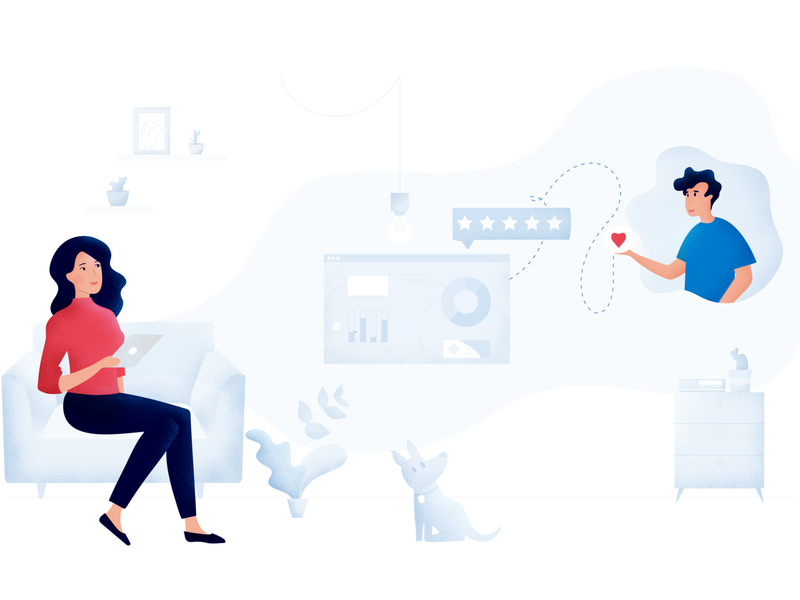
Conclusion
Depending on your UX journey and what you want in life right now, there are two strategies you can use in terms of finding the best industry that suits you:
- Prioritize getting a UX title
- Prioritize learning
Prioritize getting a UX title
If your resume doesn’t say you are a UX designer, you can basically forget about big corporate and agencies if you go through the front-door of applying online. You will never get pass HR. If you knew someone inside or you can strategically reach out to the hiring manager, that is another story.
Generally speaking, you would have better luck to work in a startup as the barrier of entry is much lower. Here is how I rank the difficulty of getting into each of these industries with zero design related background.
- Startup
- Agency
- Corporate
Prioritize learning
If the most important thing for you right now is to grow, you should start with a big corporate with a mature UX team. Corporate has the right structure, people and resources to help you achieve that goal. Be careful though, just because you are dealing with a big company, it doesn’t mean the UX team and its process is well established. Make sure you find out about their UX team size before you apply.
However, big corporate is hard to get into as they prefer to hire people with more experience. In that cases, consider going after agencies. While it maybe stressful and demanding, you get to learn a lot of the soft skills such as presentation skills and the art of addressing stakeholders concern, which will be useful for the rest of your career.
Now if everything else fails, go for startups where the barrier of entry is lower. You still get to learn and do a lot of different things such as research, where in a big company it will be considered as someone else’s job.
